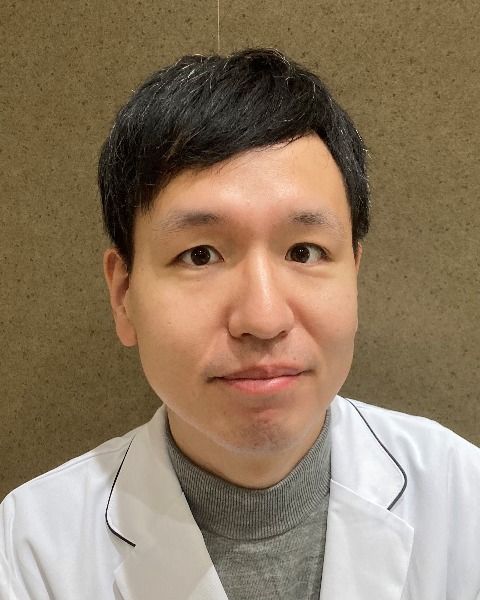Neonatology
Session: Neonatal Neurology 9: Preclinical
342 - Stem cells derived from human exfoliated deciduous teeth promote neurogenesis in the brain of a hypoxic-ischemic encephalopathy model rat, even when administered in the chronic phase.
Monday, May 6, 2024
9:30 AM - 11:30 AM ET
Poster Number: 342
Publication Number: 342.3190
Publication Number: 342.3190

Takahiro Kanzawa, MD
PhD student
Nagoya University,
Nagoya, Aichi, Japan
Presenting Author(s)
Background: Cerebral palsy is caused by various perinatal brain injuries, resulting in neurological symptoms such as motor impairment. We have previously shown that administering stem cells from human exfoliated deciduous teeth (SHED) significantly ameliorates motor, memory, and learning deficits in a hypoxic-ischemic encephalopathy (HIE) rat model with neurological symptoms. However, the underlying mechanisms remain unclear.
Objective: This study aimed to elucidate the mechanisms by which SHED ameliorated neurological symptoms in a HIE rat model.
Design/Methods: HIE was induced in rats using the Rice-Vannucci model. Rats were evenly divided into two groups based on the degree of motor impairment: the SHED group received tail vein injections of SHED (1.0×106 cells/body, three times), while the Vehicle group received vehicle injections. Brain tissue was collected two weeks after administration for transcriptome analysis. Immunohistochemistry was performed with sections of brains collected at two weeks and three months after administration. Quantum dots (QDs)-labeled SHED was administered, and the in vivo imaging system (IVIS) was used to evaluate the distribution of SHED in the brain. As in vitro experiment, co-cultures of neural stem cells with SHED, bone marrow-derived mesenchymal stem cells, or dermal fibroblasts were performed to assess their effects on neural stem cell proliferation. Cytokines in the conditioned medium were also evaluated using quantitative antibody microarrays.
Results: Transcriptome analysis revealed significant alterations in neurogenesis-related pathways between the Vehicle and SHED groups. Histological evaluation showed increased neurogenesis: a significant increase in bromodeoxyuridine and doublecortin double-positive cells, in the hippocampal dentate gyrus (DG) and subventricular zone after two weeks of SHED administration compared to the Vehicle group. Additionally, NeuN (a marker for neuron) -positive cells were significantly increased in DG and cortex after three months of SHED administration. IVIS showed that QDs-labelled SHED was distributed in the brain. In vitro experiments showed that co-culturing neural stem cells with SHED resulted in a significantly higher growth rate compared to other cells. Furthermore, the SHED-conditioned medium contained more neurotrophic factors than other cells-conditions mediums.
Conclusion(s): These findings suggest that SHED administration even in the chronic phase promotes neurogenesis and ameliorates motor, memory, and learning impairments in HIE model rats with neurological symptoms, through neurotrophic factors secreted by SHED.
